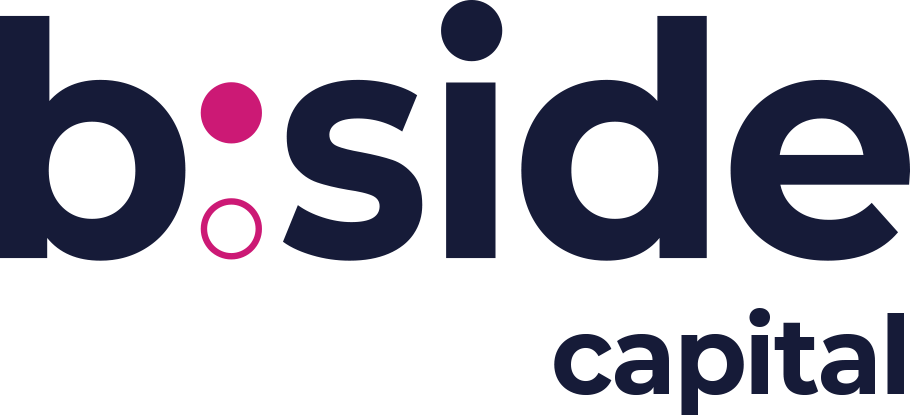Why SBA Loans Are a Critical Tool for Bankers in 2024
In 2024, economic uncertainty continues to shape the lending landscape. Rising interest rates and tightened lending criteria have made it increasingly difficult for small businesses to access traditional financing. According to a recent survey, 77% of small business owners are concerned about their ability to secure credit, a sharp increase from previous years (1). Against this backdrop, SBA loans, particularly the SBA 504 and 7(a) programs, offer crucial support to both businesses and banks.
Addressing the Credit Crunch
SBA loans have become essential for banks looking to maintain or grow their small business portfolios. Small banks, which provide 70% of commercial loans to small businesses, rely heavily on SBA-backed programs to serve borrowers who might otherwise be deemed too risky under traditional lending standards (2). With loan guarantees from the SBA, lenders can offer financing at more favorable terms, providing a safety net for both the bank and the borrower.
Stability in a Volatile Market
The SBA 504 loan program has continued to play a significant role in supporting long-term business investments in fixed assets like real estate and equipment. In 2024, the average 504 loan size reached $2.1 million, with a repayment term of 10 to 20 years, making it an attractive option for businesses looking to expand (3). With interest rates on the rise, these fixed-rate loans offer stability and predictability, both of which are highly valued by small business owners navigating volatile economic conditions (4).
Economic Growth and Job Creation
The SBA loan programs aren’t just beneficial for businesses—they also support broader economic growth. According to recent data, small businesses represent 44% of U.S. economic activity (2). The SBA’s ability to facilitate loans to this segment fosters job creation and economic development, particularly in underserved communities. For bankers, the social and economic impact of SBA lending can strengthen relationships with local businesses and communities, positioning them as key contributors to economic recovery and growth (4).
Meeting the Needs of Diverse Business Owners
Diversity in small business ownership has been on the rise, and SBA loans are instrumental in closing funding gaps for minority-owned businesses. However, there are still significant disparities in loan approvals based on demographics. For instance, Asian business owners received 20.6% of SBA loans, while Hispanic and Black entrepreneurs secured smaller shares (1). Banks that prioritize SBA lending can play a critical role in addressing these inequities, expanding their reach to a more diverse customer base.
Conclusion
As traditional lending becomes more restrictive in 2024, SBA loans provide a lifeline for banks to continue serving small businesses. The guarantees provided by the SBA mitigate risk for lenders, while offering small business owners access to affordable, long-term financing. In a challenging economic environment, SBA loans will remain a critical tool for bankers who are committed to supporting small businesses and fostering economic growth.
**Sources:**
1. SBA Loan Advisor, *Small Business Loan Statistics and Trends 2024*.
2. AltLINE, *Small Business Loan Statistics and Trends*.
3. FounderJar, *SBA Lending Statistics 2024*.
4. U.S. Small Business Administration, *Small Business Economic Bulletin, Second Quarter, May 2024*.
